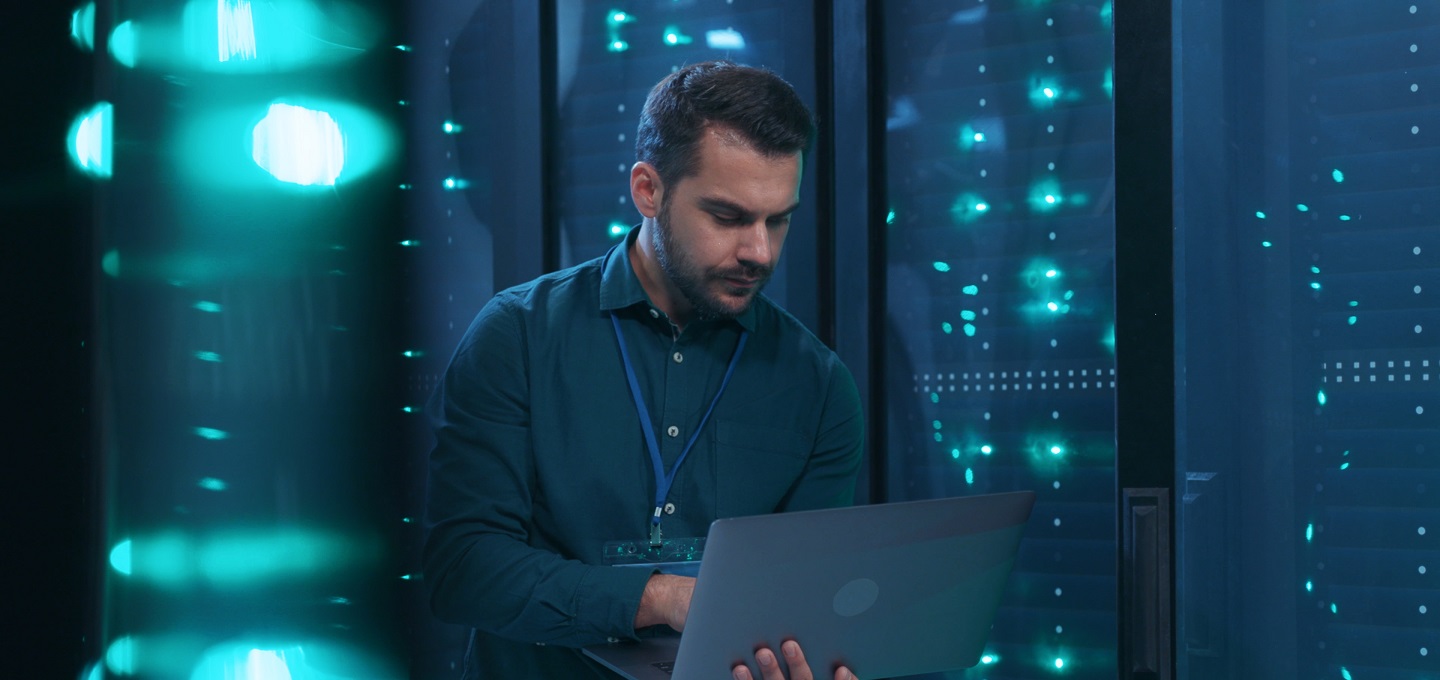Expanded attack surface: Why businesses need to rethink cyber security in the new threat landscape

For many, working a full week in the office feels like a distant memory.
Understanding the new threat
As a global cyber security provider, Ricoh speaks with customers every day about their cyber security needs. The vast majority of organisations still rely on pre-pandemic risk assessments and risk registers. In fact, they do not fully understand the impact that changes in employee behaviour can have on their technical capabilities when adopting a hybrid working approach.
Ask yourself: does every employee sitting at home or traveling on the road have their internet traffic, email and endpoint fully monitored and protected? Next, ask yourself: is their identity also protected – meaning is the person logging on with their credentials actually a legitimate employee?
Changing the approach

Attack surface reduction
Rethinking cyber security

Mark Harrison
Director of Cyber Security, Ricoh Europe
Let’s connect
Talk to a Ricoh expert
Transform your workplace with Ricoh’s Managed Print and Automation Services.
Boost efficiency, reduce costs, and accelerate your journey towards digital transformation.
Contact us














